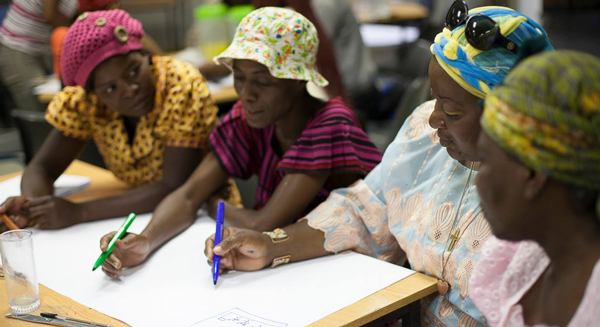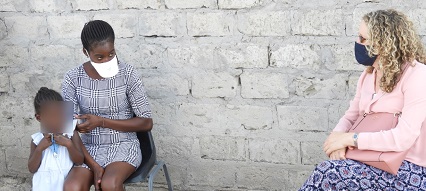
Study finds local governance lacking

Progress Namibia, a Non-Profit Organisation’s 2012 experimental survey into what makes a developing country like Namibia achieve any measure welfare, shows that Windhoek residents are unhappy with local governance.
The study which appears in the Walden University of Minneapolis’ latest 2016 issue of the Journal of Social Change shows that all suburbs with the exception of Okuryangava felt that the government was not responsive enough.
The respondents, made up of City of Windhoek residents, say that good governance and political freedom are presently the most challenging issues.
“Generally, respondents were content with existing infrastructure, with the exception of Hakahana, an informal settlement with very little access to basic services,” the study found.
All suburbs with the exception of Okuryangava felt that their government was not responsive enough and all suburbs, except Windhoek West’s middle-income suburb were below sufficiency regarding political freedom, the study further found.
Corruption was generally found to be the biggest problem and lowest indicator by the respondents. Governance performance was also ranked very low in all suburbs, generally, respondents felt that they had a sense of financial freedom.
Progress Namibia is advocating for Windhoek to become an Ecopolis or ‘regenerative city’ as a new way of urban planning that moves beyond the practice of sustainable development to the realm of regenerative development planning.
The chosen suburbs to survey were done along an income line, namely Ludwigsdorf, Windhoek West, and in Katutura: Shandumbala, Okuryangava, Hakahana. Approximately 600 people were surveyed in total.
The overall sufficiency of all suburbs was 46%, with sufficiency reached in only 12 indicators and two domains, namely health (67%) and state of mind (66%). In Okuryangava, sufficiency was also reached in education, recreation and culture (58%) and material well-being (53%). In Windhoek West, area and environment was achieved (59%), and in Ludwigdorf, material well-being (51%) and work satisfaction (68%) were above sufficiency.
Hakahana achieved sufficiency in the least indicators and had the lowest sufficiency. Okuryangava had the highest sufficiency (52%).
Generally, well-being seemed to correlate along the income line, with the exception of Okuryangava. It would be expected that in a developing country with a high income gap, increasing income has an impact on increasing well-being.
Meanwhile, there is already a lot of work being done towards creating regenerative cities all over the world. The most prominent example that Progress Namibia is setting as the yard stick is the Australian city of Adelaide.
“We need not, and should not, copy and paste into Windhoek, the way they do things in Adelaide, but we can certainly learn a lot from cities like Adelaide,” they added.
Progress Namibia believes this model not only shows how best to best deal with rapid urbanisation in most of the larger towns but also show how the city is in need of a re-design of its systems and use of resource,in order to survive, and ultimately to thrive.
This they said can only be done by moving away from linear to circular flows, and by pulling together as a community.












































